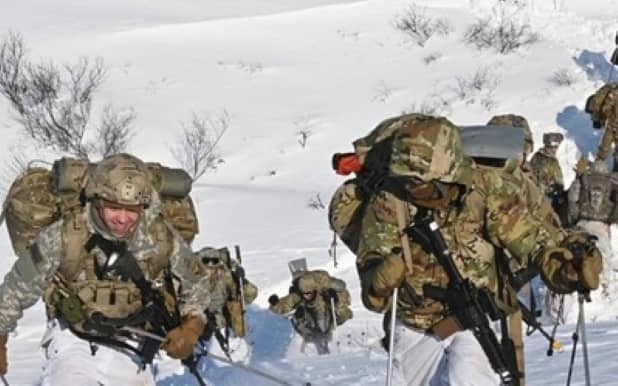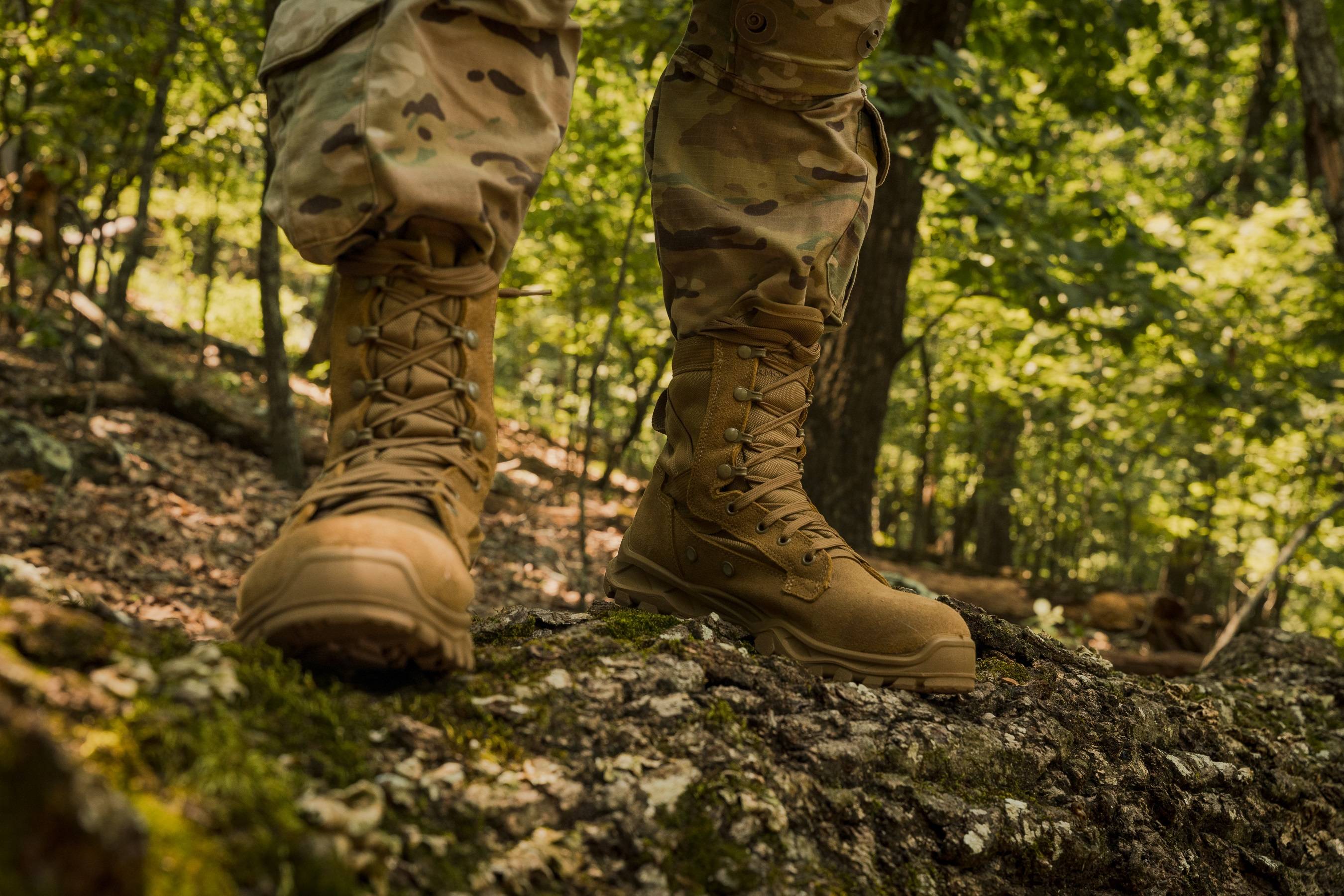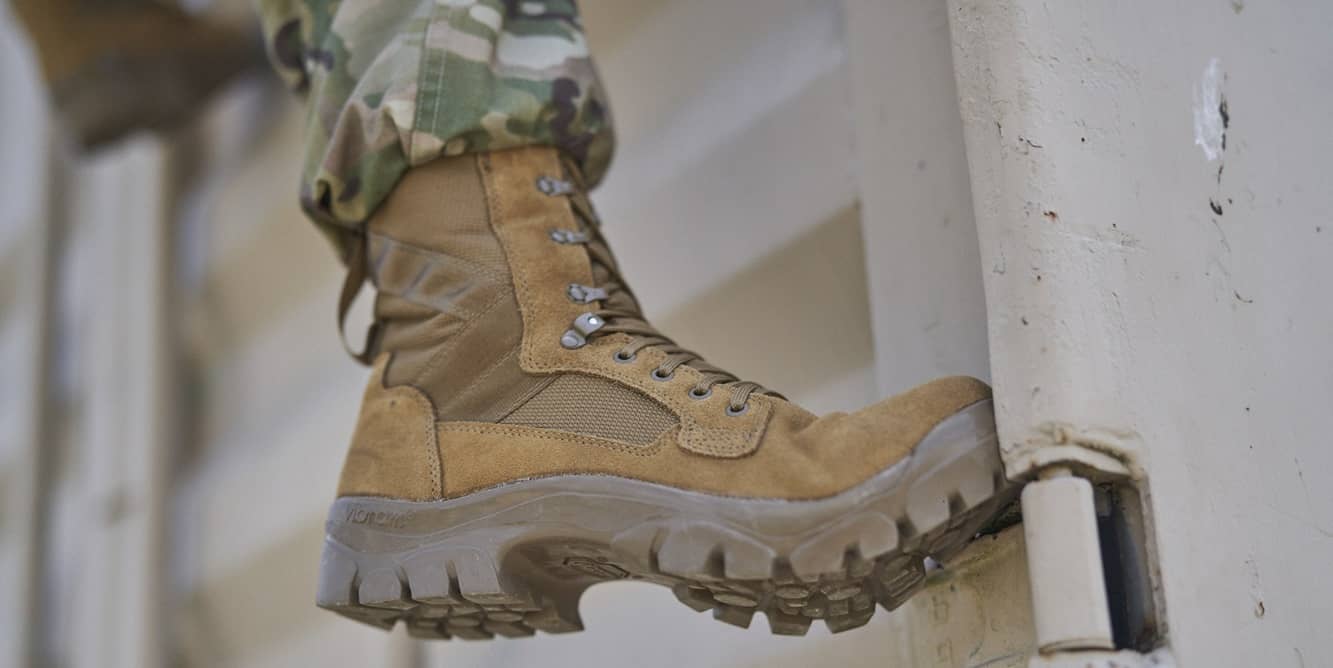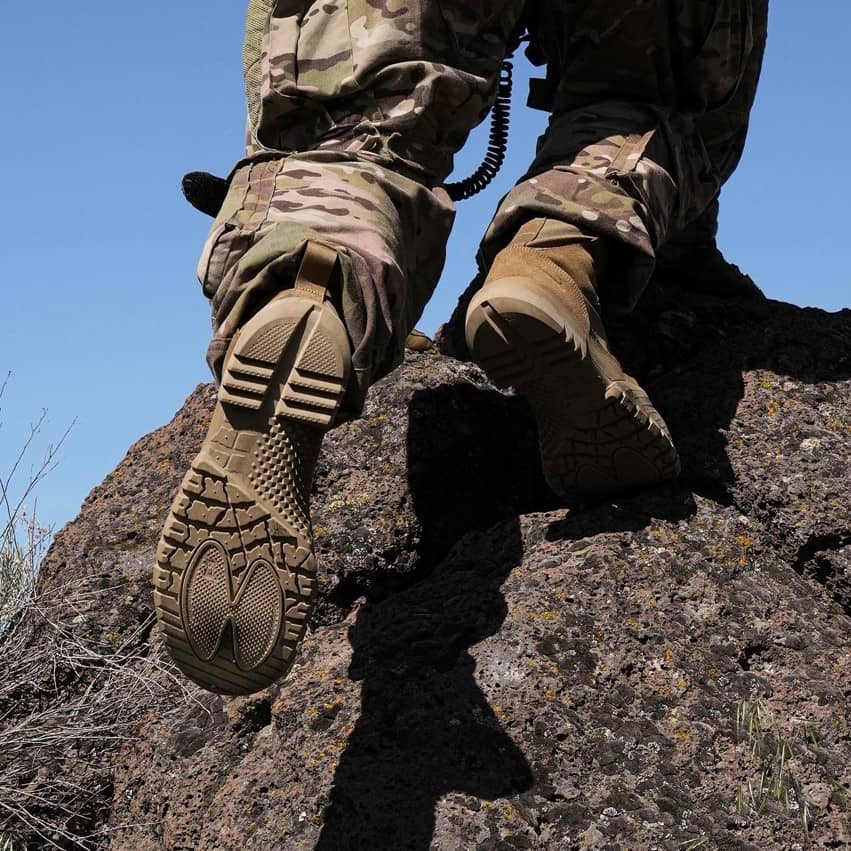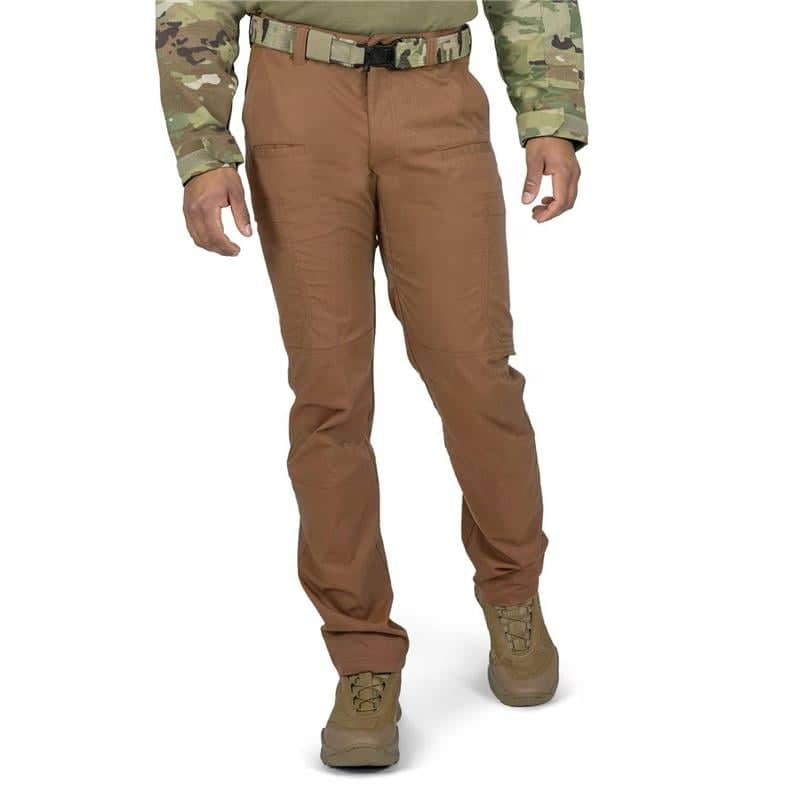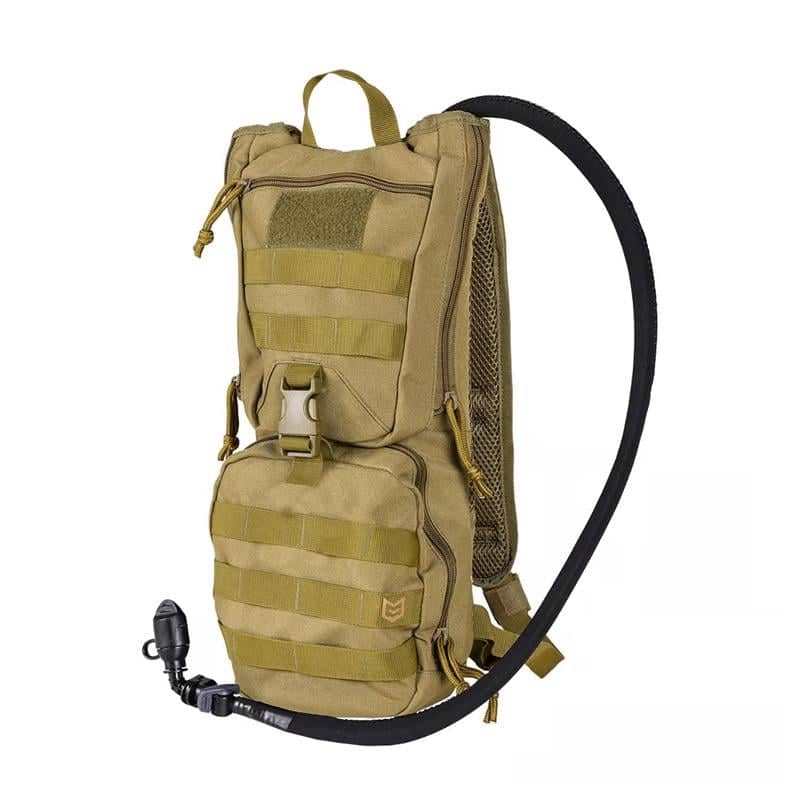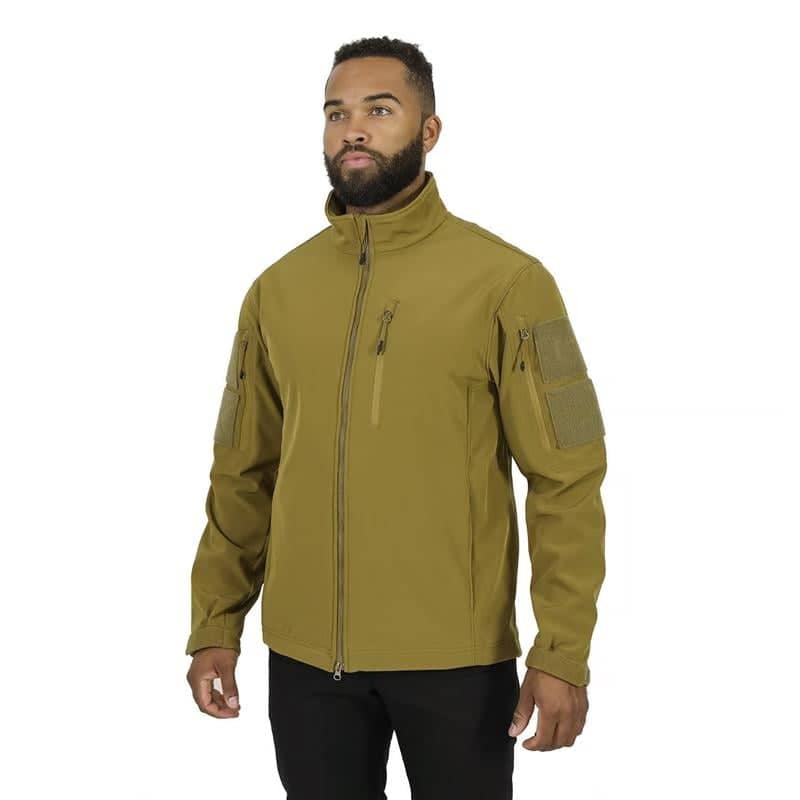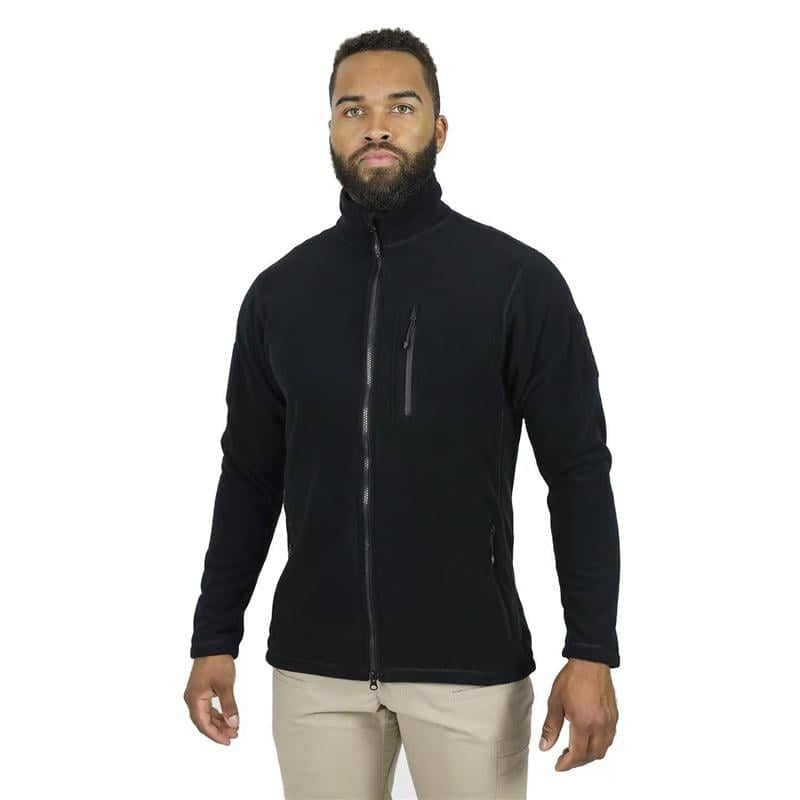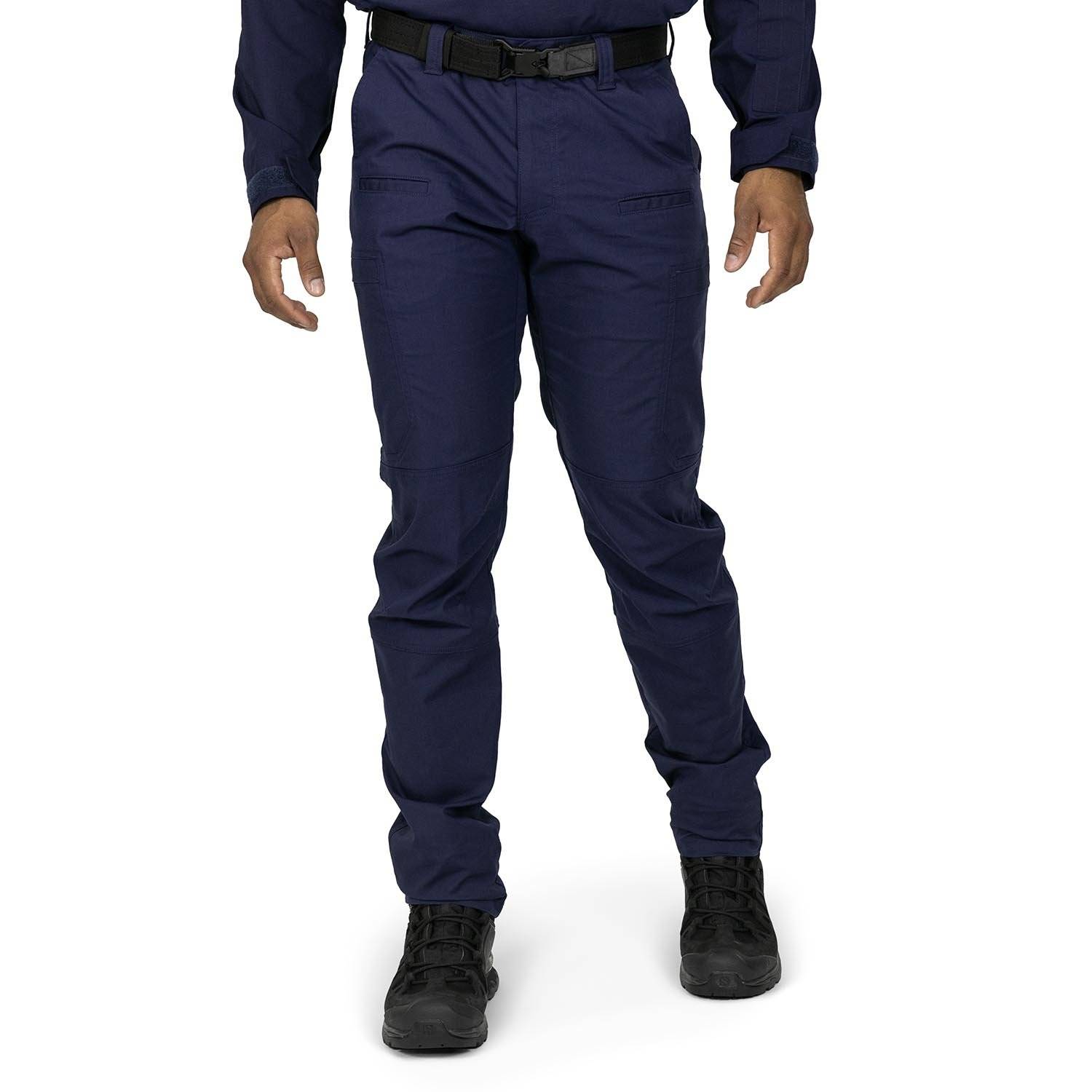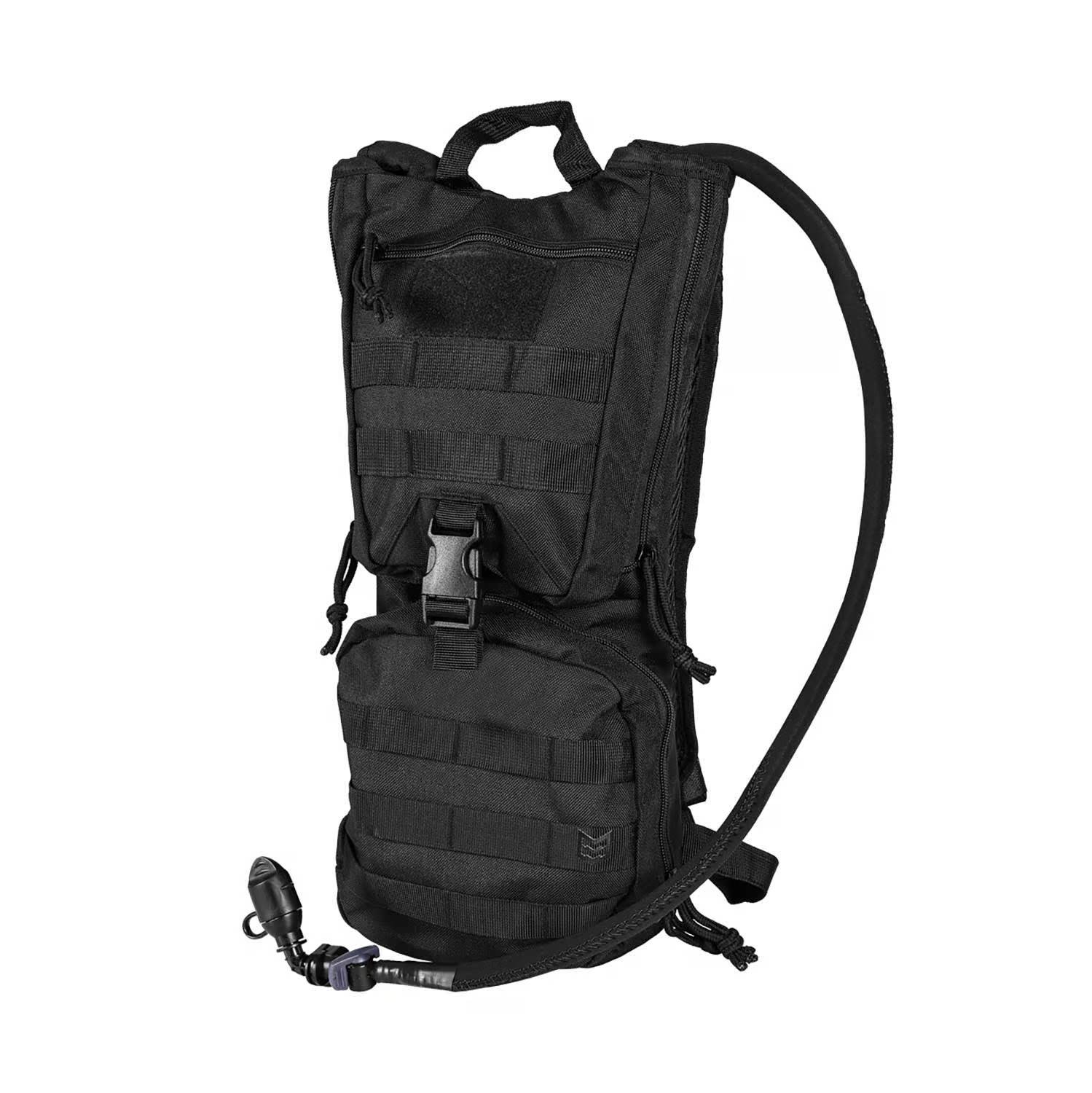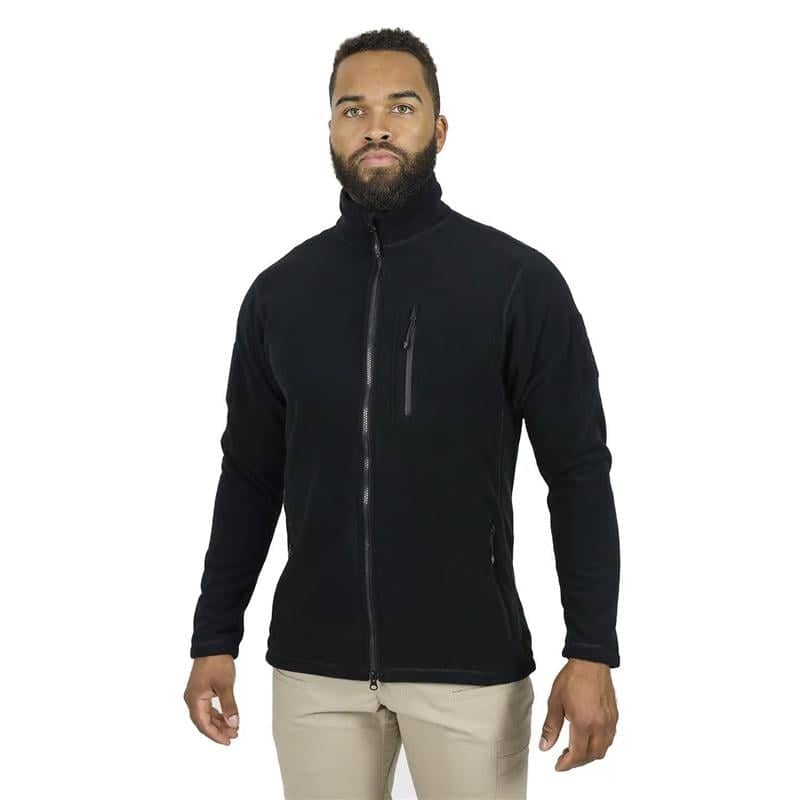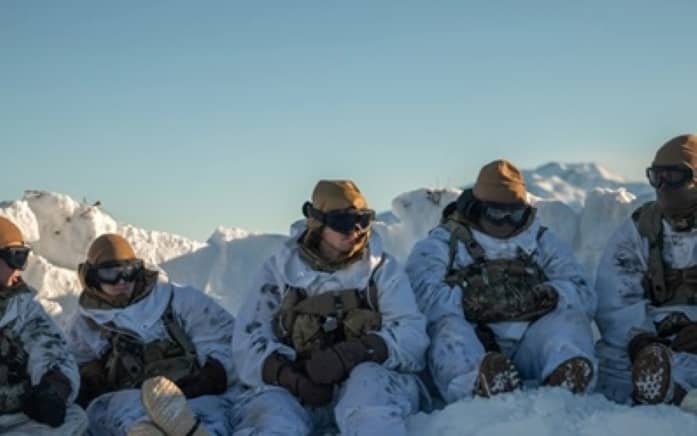
Military Boot Insulation: How to Stay Warm

In the harsh realities of winter warfare, keeping your feet warm is paramount. As a Ranger with 10 years of experience in the Army, I understand the critical role that proper military boot insulation plays in maintaining combat effectiveness in freezing temperatures. This article will explore the options for keeping your feet warm and dry. I will cover everything from specialized liners and inserts to innovative boot technologies, ensuring you're prepared to operate effectively in any winter environment.
Key Takeaways
Insulated military boots are essential for maintaining warmth and preventing cold-related health issues, such as frostbite, which can impair mission performance.
Different insulating materials, including 3M™ Thinsulate™, PrimaLoft®, and wool, offer varying levels of warmth, breathability, and moisture management, making the choice of insulation crucial based on conditions and activity levels.
Insulation ratings are measured in grams, 200g to 1200g. Heavier insulation (higher g count) provides more protection.
Ratings also account for activity level. Exceeding the recommended activity level can cause feet to overheat and sweat. Moisture buildup significantly decreases thermal protection.
The Extreme Cold Weather Boot (ECWB) used by the US military is specifically engineered for superior protection in temperatures as low as -60°F.
Why Insulation Is Crucial for Military Boots
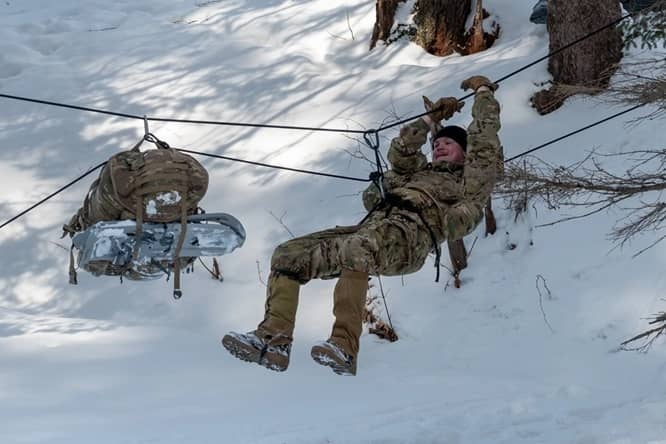
Insulated boots keep military personnel warm and ensure optimal performance in freezing temperatures. Lack of proper insulation leads to discomfort, reduced productivity, and even frostbite, severely impacting performance. Insulated work boots provide warmth, enhance comfort, and reduce foot fatigue during prolonged cold exposure.
Types of Insulating Materials for Military Boots
Military boots come equipped with various types of insulation, each offering unique benefits tailored to different cold weather conditions. From the lightweight and breathable 3M™ Thinsulate™ to the moisture-wicking properties of wool and the thermal efficiency of PrimaLoft®, understanding these materials helps in selecting the right boots for optimal warmth and performance.
3M™ Thinsulate™
3M™ Thinsulate™ is a popular insulation in military boots due to its lightweight and excellent heat retention properties. It traps heat effectively while remaining breathable, keeping feet warm without overheating. Thinsulate™’s breathability makes it ideal for high-activity scenarios requiring moisture management.
3M™ Thinsulate™ offers superior protection, allowing military personnel to focus on their missions without worrying about the cold. Providing warmth without adding significant weight, Thinsulate™ is a preferred choice for many insulated military boots.
PrimaLoft®
PrimaLoft® traps heat by forming air pockets, enhancing warmth retention. It offers excellent thermal performance without adding significant weight, and it is ideal for military boots to balance warmth and mobility. This is why PrimaLoft® is commonly used in many insulated work boots.
PrimaLoft®’s lightweight properties and superior insulation ensure feet stay warm even in extremely cold conditions. This makes it an excellent choice for military personnel in frigid environments.
Wool Insulation
Wool is a natural insulator that maintains warmth effectively in cold conditions. Its moisture-wicking properties keep feet dry and comfortable during extended activity. Wool’s durability and long lifespan make it a reliable option for military boots.
Wool regulates body heat, ensuring feet stay warm without overheating, and is suitable for cold weather conditions. Wool’s natural properties make it an excellent insulation material for military boots, offering both comfort and performance.
Insulation Ratings by Grams
Insulation ratings for military boots indicate the amount of insulation material. Measured in grams per square meter, these ratings influence thermal performance. The temperature guidelines are also influenced by the activity level:
Increased activity increases perspiration, which produces sweat. Wet insulation decreases thermal protection. Ironically, choosing boots with too much insulation can lead to cold feet.
Conversely, lower activity levels decrease heat generation, making insulation less effective.
When choosing insulation, it's critical to account for activity levels that deviate from guidelines.
200g Insulation
200g insulated boots are an excellent choice for those facing cool weather conditions and engaging in high activity levels. These boots offer a balance between warmth and mobility, providing just enough insulation to keep your feet comfortable without causing overheating.
Temperature Range: 20°F to 40°F.
Activity Level: High
Mobility Impact: Low
Product Recommendation: Garmont T8 Extreme EVO 200g Thinsulate Boots
400g Insulation
For those needing more warmth in colder weather, 400g insulation is ideal. It increases warmth without significantly impacting mobility.
Temperature Range: 10°F to 30°F.
Activity Level: Moderate
Mobility Impact: Low
Product Recommendation: Rocky S2V Waterproof 400g Insulated Military Boots
600g Insulation
In very cold weather, 600g insulation offers substantial warmth and protection, making it an excellent choice for those facing freezing environments. These boots are designed to provide more warmth and less mobility.
Temperature Range: 0°F to 20°F
Activity Level: Low to Moderate
Mobility Impact: Medium
Product Recommendation: Belleville Cold Weather 600g Thinsulate Waterproof Boots
800g Insulation
800g insulated boots are designed for extreme cold, providing substantial warmth while sacrificing some mobility for added insulation. They are ideal for low-activity situations where maintaining warmth is crucial, ensuring feet stay warm even in the harshest cold weather conditions.
Temperature Range: -10°F to 10°F
Activity Level: Low
Mobility Impact: Medium - High
1000g+ Insulation
1000g insulated boots offer maximum warmth and protection in extreme cold weather conditions, making them essential for military personnel and anyone operating in frigid environments. While the heavy insulation may severely limit mobility, these boots ensure long-lasting performance and superior protection.
Temperature Range: -10°F to -30°F
Activity Level: Low
Mobility Impact: High
Extreme Cold Weather Boot (ECWB)

The Extreme Cold Weather Boot (ECWB) is a specialized footwear solution used by the US military to tackle frigid environments. These boots are engineered to provide superior protection in temperatures as low as -60°F, ensuring that military personnel remain warm and operational even in the harshest cold weather conditions.
Designed with three layers of needle-punched polyester foam insulation, ECWB boots offer exceptional thermal insulation, making them an excellent choice for extreme cold environments. They also provide superior warmth and comfort, essential for maintaining operational efficiency in extreme cold conditions.
In addition to insulation, ECWB features a rubber outer layer equipped with a pressure release valve to accommodate altitude changes, ensuring durability and adaptability in rugged terrain. This construction offers exceptional thermal protection and ensures that military personnel can perform effectively without sacrificing mobility, even in the harshest cold weather conditions.
Insulation Weight and Temperature Range
Here is a handy table to guide you in choosing the right insulation weight for your military boots based on the temperature range:
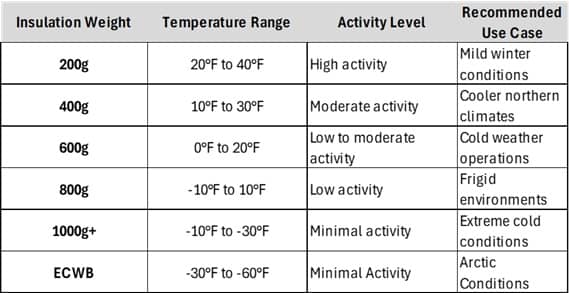
Choosing the Right Insulated Military Boots
When choosing insulated military boots, consider the climate, activity level, and mobility needs to ensure optimal performance and comfort. Added insulation decreases agility. Boots with thicker insulation are less responsive. There is a tradeoff between protection and mobility
Over-insulation increases the risk of overheating. Sweating reduces thermal values and increases the risk of discomfort and frostbite.
If an operator regularly exceeds the activity level recommended for the insulation level, it is prudent to opt for a boot with less insulation.
Conversely, if a wearer is less active for the insulation level, more insulation is required.
Pro Tip: Unless you are absolutely certain about your activity level, stick with the guidelines. If you find that your activity level regularly differs, pick up a second pair of boots with more appropriate insulation. If you are deployed to a cold climate where the temperature varies, it probably makes sense to have several pairs of boots with different thermal values.
Waterproof Insulated Military Boots
Waterproofing in insulated military boots keeps feet dry and warm in wet or snowy conditions. Good waterproofing prevents moisture from entering
When shopping for waterproof insulated boots, look for specific features. Check for waterproof membranes or weather-resistant materials. PrimaLoft® insulation offers high water resistance, retaining insulating properties even when wet. Not all insulated boots are waterproof; verify this feature.
Proper Fit
Insulated military boots should fit snugly around the ball and instep of your foot, allowing enough room in the toe box to wiggle your toes while ensuring your heel remains securely in place without slipping. Aim for a snug fit with slight room for movement at the front, but not so loose that it causes heel slippage, which can lead to blisters.
When trying on cold-weather boots, always wear the same socks you would wear in the field.
Summary
Insulated military boots are essential for maintaining warmth, comfort, and performance in cold weather. The right insulation material and rating can make all the difference in various conditions and activity levels. Choosing the right insulated military boots involves considering climate, activity level, fit, and mobility.
Frequently Asked Questions
What does the US military use for extreme cold weather boots?
The US military uses the Extreme Cold Weather boot (ECWB), designed with three needle-punched polyester foam insulation layers and a rubber outer layer featuring a pressure release valve for altitude adjustments. This construction ensures optimal warmth and comfort in extreme cold conditions.
Why is insulation important in military boots?
Insulation is essential in military boots to maintain warmth and prevent frostbite, which is vital for optimal performance in cold environments.
What are the different types of insulation materials used in military boots?
Military boots commonly use insulation materials like 3M™ Thinsulate™, PrimaLoft®, and wool, each providing distinct advantages in warmth and moisture management. These materials ensure soldiers stay warm and dry in various conditions.
How is insulation rated in military boots?
Insulation in military boots is rated in grams per square meter, with higher values signifying enhanced thermal performance for colder environments. Therefore, choosing boots with a higher insulation rating can be critical for maintaining warmth.
What should I consider when choosing insulated military boots?
When choosing insulated military boots, prioritize the climate, activity level, and fit to guarantee comfort and performance in diverse environments.



